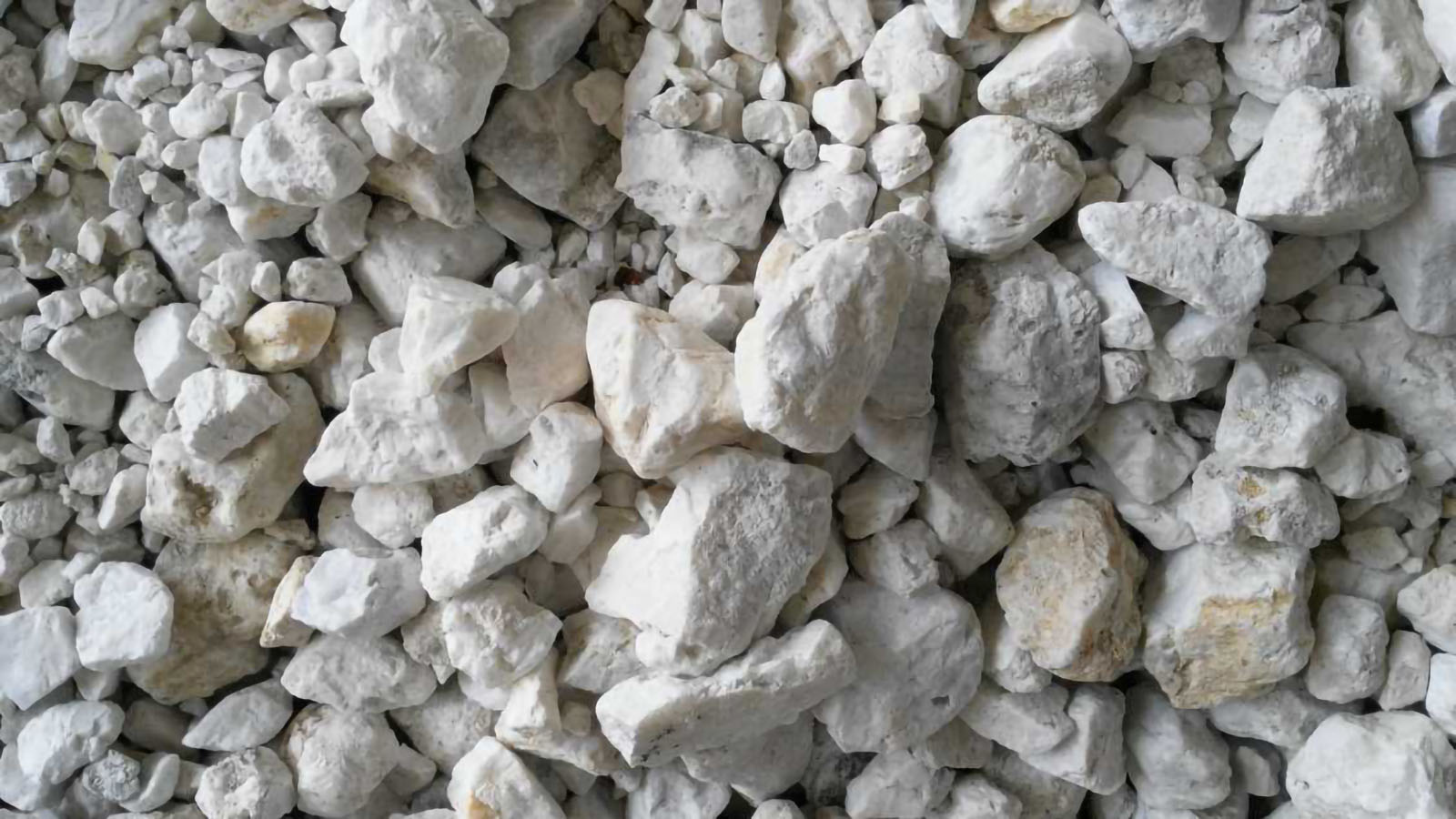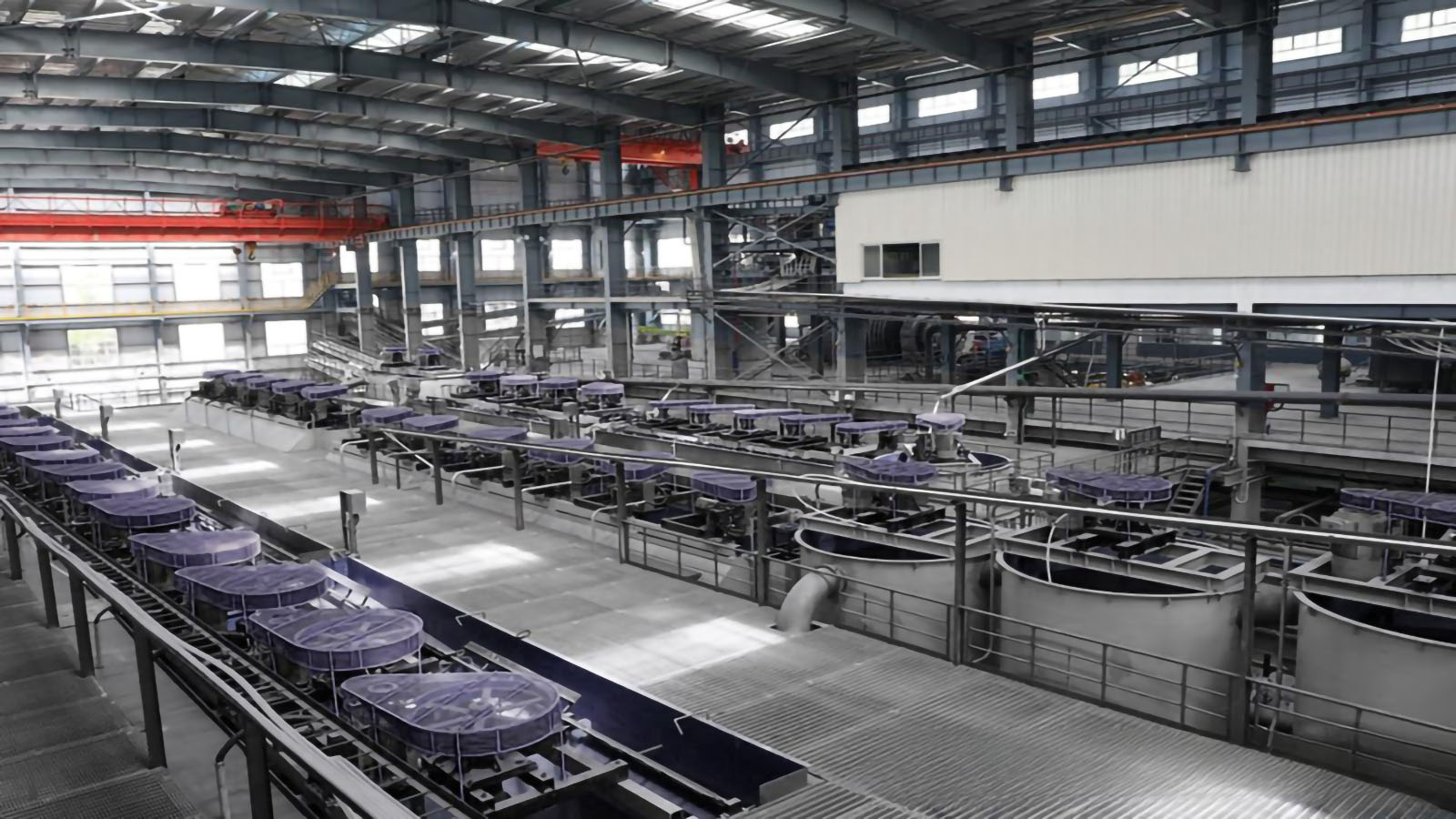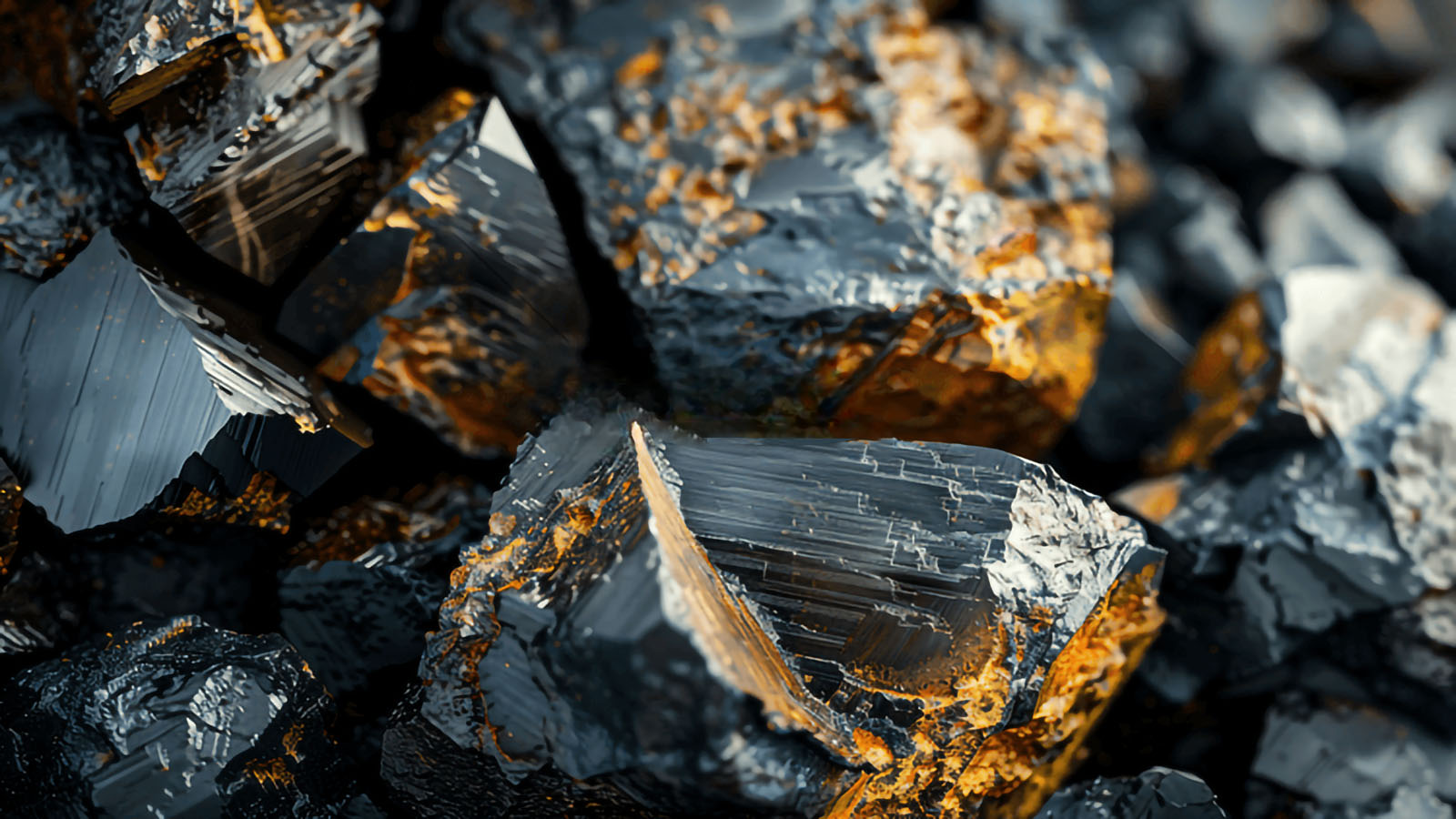
Barite (barium sulfate) is an essential industrial mineral widely utilized in petroleum drilling, chemical manufacturing, and medical applications. The efficiency of barite processing directly impacts product quality and economic performance. This technical analysis explores the optimized gravity separation workflow for barite ore processing.
Physical Properties and Processing Strategy
The fundamental principle behind gravity separation of barite lies in its distinctive physical characteristics. With a specific gravity of 4.3-4.7 g/cm³—significantly higher than associated gangue minerals (typically 2.5-3.0 g/cm³)—barite presents ideal conditions for gravity-based processing methods.
Zexin Mining has developed a systematic approach to barite gravity separation, incorporating five interconnected processing stages that maximize separation efficiency while maintaining operational reliability:
- Crushing circuit optimization
- Screening and classification
- Feed regulation systems
- Jigging separation technology
- Dewatering and water recycling
Each stage contributes uniquely to the overall process effectiveness and product quality outcomes.
Crushing Circuit Design Principles
The crushing circuit serves as the foundation of effective barite processing, requiring careful consideration of the mineral's inherent brittleness and fracture characteristics.
Two-Stage Crushing Configuration
Industry experience demonstrates that a two-stage crushing system delivers optimal performance for barite processing:
- Primary crushing utilizes jaw crushers with appropriate gap settings to handle run-of-mine material
- Secondary crushing employs smaller jaw crushers to further reduce particle size to specifications required for jigging operations
- Closed-circuit design with screening systems ensures consistent product sizing
Operational Enhancements
Several technical adaptations improve crushing circuit performance:
- Semi-wet operation: Moderate water addition minimizes dust generation while preserving process efficiency
- Wear component management: Regular monitoring of crusher wear parts extends equipment lifespan
- Variable gap adjustment: Settings customized based on feed characteristics and downstream requirements
- Uniform feed distribution: Vibrating feeders ensure consistent material presentation to crushers
Screening System Engineering
The screening stage creates optimized size fractions that enhance subsequent gravity separation performance.
Classification Objectives
Effective screening systems fulfill several critical functions:
- Removal of oversized particles, preventing operational disruptions in jigging equipment
- Size classification into coarse (8-12mm), medium (3-8mm), and fine (1-3mm) fractions
- Particle distribution optimization for dedicated processing streams
- Feedback control for crushing circuit performance
Equipment Selection Criteria
Circular vibrating screens represent the preferred technology for barite classification due to several operational advantages:
- High throughput capacity relative to footprint
- Multi-deck configuration capability enabling simultaneous production of multiple size fractions
- Self-cleaning screen surfaces that minimize blinding and maintain separation efficiency
- Low maintenance requirements and energy consumption
Screen aperture selection typically follows jigging equipment specifications, with configurations customized to ore characteristics and production requirements.
Feed Regulation Systems
While often overlooked in process design, feed regulation systems provide critical stability to gravity separation operations.
System Design Philosophy
Three fundamental principles guide feed regulation system design:
- Mass flow stabilization: Maintaining consistent feed rates to jigging equipment
- Operational flexibility: Accommodating variations in upstream process performance
- Control integration: Enabling supervisory adjustment of process parameters
Implementation Approach
Zexin Mining employs several complementary technologies in feed regulation systems:
- Buffer bins with 1-2 hour capacity to absorb process fluctuations
- Vibrating feeders with variable frequency drives for precise feed rate control
- Belt conveyor systems with load monitoring for real-time feed rate verification
- Automated feedback control systems that adjust feed rates based on jig performance parameters
These elements work together to provide optimal feed conditions for jigging operations, contributing significantly to separation efficiency and product quality consistency.
Jigging Separation Technology
The jigging circuit represents the core separation technology in barite gravity processing, directly determining product grade and recovery performance.
Fundamental Separation Mechanism
Jigging technology leverages density differentials through a pulsating water medium:
- Alternating upward and downward water flows create particle stratification
- Higher density barite particles (4.3-4.7 g/cm³) settle rapidly to form bottom layers
- Lower density gangue minerals (2.5-3.0 g/cm³) migrate to upper layers
- Stratified bed discharge mechanisms separately recover barite concentrates and gangue tailings
Parameter Optimization Strategy
Based on extensive production experience, Zexin Mining has developed specialized parameter sets for different barite size fractions:
- Coarse fraction (8-12mm): Increased stroke frequency with extended hutch water adjustments
- Medium fraction (3-8mm): Modified stroke length and bed depth optimization
- Fine fraction (1-3mm): Precision pulse control with specialized screen configurations
Through systematic optimization of these operational parameters, barite concentrates consistently achieve grades exceeding 95% BaSO₄ with recovery rates above 90%.
Dewatering and Water Management
The final processing stage addresses product moisture reduction and environmental sustainability through water conservation.
Dewatering Technology Selection
Dewatering approaches are tailored to particle size characteristics:
- Coarse concentrates: Primarily processed through dewatering screens with mechanical vibration
- Medium/fine concentrates: Treated using thickeners combined with filter press technology
- Specialty products: Further moisture reduction via thermal drying systems when required for specific applications
Water Circuit Design
Comprehensive water management systems maximize resource efficiency:
- Tailings water recovery through dedicated thickening circuits
- Process water treatment via multi-stage clarification
- Filtrate collection from dewatering operations
- Closed-loop design minimizing freshwater requirements
Advanced water management systems typically achieve recycling rates exceeding 85%, significantly reducing operational costs and environmental impact.
Integrated Process Performance
Zexin Mining's integrated approach to barite gravity separation delivers several key advantages:
- Processing simplicity: Straightforward flowsheet minimizes operational complexity
- Capital efficiency: Lower equipment costs compared to flotation or other separation technologies
- Environmental responsibility: Reduced chemical usage and water consumption
- Product versatility: Capable of producing multiple grades for diverse market applications
Continued refinement of this process through technological innovation and parameter optimization enables consistent production of high-quality barite concentrates with maximized resource efficiency.
As industrial demand for barite continues to grow across energy, medical, and manufacturing sectors, optimized gravity separation techniques remain fundamental to sustainable and economical production of this essential mineral.
Related News

Efficient Gravity Separation Techniques for Carbonaceous Gold Ores: Parameter Optimization and Process Innovation

Key Factors Driving Efficient Flotation: Zexin Mining's Technical Insights
